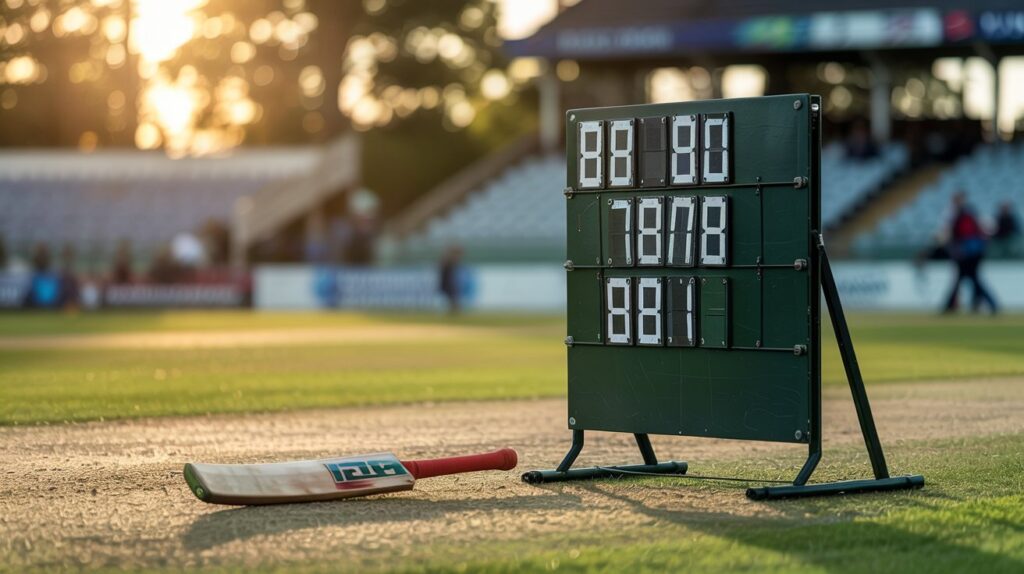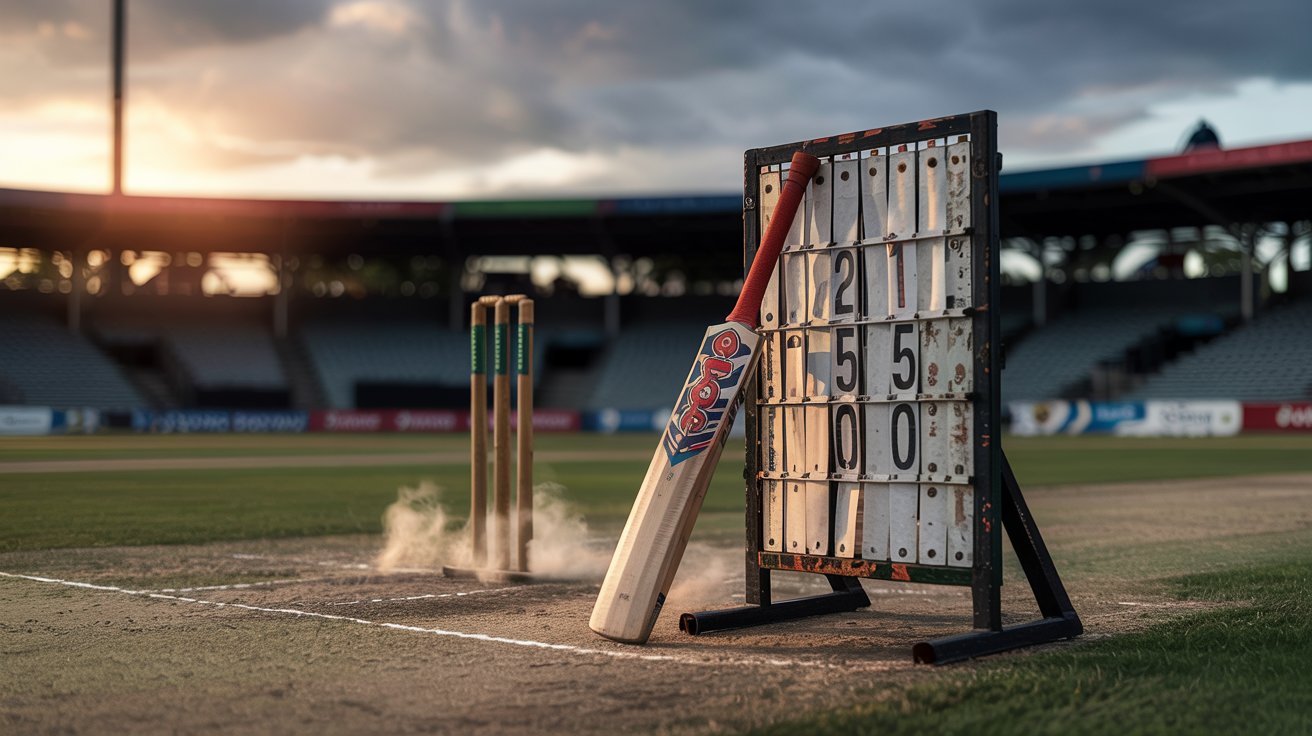The lowest score in T20 cricket has always been a talking point for fans around the world. Many people are surprised when they see a strong team collapse and score very few runs in just twenty overs. These moments show how unpredictable and exciting T20 cricket can be. Sometimes, even the best players fail under pressure, and the scoreboard reflects a very low number. Understanding these matches helps fans appreciate the challenges of T20 cricket and why every run is precious.
Cricket experts often analyze the lowest score in T20 games to learn from the mistakes made by teams. These low scores happen due to quick wickets, poor shot selection, or brilliant bowling from the opponents. Watching these matches can be a learning experience for young players who want to improve their game. Each low-scoring game tells a story of tension, pressure, and surprise moments. Fans remember these matches for years because they show that in T20 cricket, nothing is ever guaranteed, no matter how strong a team looks.
Top Matches with the Lowest Score in T20 History
Some of the top matches with the lowest score in T20 history are remembered for how quickly teams got out. In these games, teams could not handle fast bowlers or tricky pitches, which led to just a few runs being scored. Fans often watch these matches again because they show how unpredictable cricket can be. Even strong teams with star players can fail to score many runs. These low-scoring matches also highlight the excitement of T20 cricket. Bowlers take the spotlight, and every run becomes important. Watching these matches teaches players and fans how pressure can change the game very fast. Teams that score very low often struggle but also provide lessons for future games about focus, teamwork, and smart batting strategies.
Reasons Behind the Lowest Score in T20 Games
There are many reasons behind the lowest score in T20 games, and most of them happen because of pressure or mistakes. Quick wickets at the start of the match make it hard for the remaining players to score runs. Sometimes, the pitch favors the bowlers, making it difficult to hit the ball properly. Poor shot selection or risky batting also causes low scores. Even experienced players can make errors when they try to hit too fast or when the fielding team is very strong. Weather conditions, like wind or rain, can also affect scoring. By studying these reasons, young cricketers can learn how to avoid getting out early and how important it is to stay calm and play smart in every over of T20 cricket.
Famous Players Who Struggled in the Lowest Score Matches
Many famous players have struggled in the lowest score matches, and these moments show that even stars can have tough days. Players who usually score hundreds can get out in the first few balls if the bowling is strong. These struggles teach fans that T20 cricket is fast and full of surprises. Some players may panic when wickets fall quickly, which makes it harder for the team to recover. Coaches often use these matches as examples to train young players about focus and patience. Seeing top players fail reminds everyone that cricket is not just about skill but also about handling pressure. Learning from these mistakes is important for anyone who wants to succeed in T20 cricket.

How Bowlers Contribute to the Lowest Score in T20
Bowlers play a big role in creating the lowest score in T20 matches. Fast bowlers can scare batsmen with speed, while spin bowlers trick them with slow deliveries and turn. Good bowlers keep the ball in the right line and length, making it hard to score runs. They also use clever field placements to stop boundaries and force mistakes. Sometimes, one or two bowlers can take most of the wickets, leaving the batting team with a very low total. Watching how bowlers dominate low-scoring matches can teach young players how to plan and execute strategies. Teams that have strong bowlers often have an advantage in T20 games, especially when pressure is high.
Lessons for Young Cricketers from Lowest Score Matches
Young cricketers can learn many lessons from the lowest score matches in T20 cricket. First, staying calm under pressure is very important because panic leads to mistakes. Second, smart shot selection and teamwork can prevent a collapse. Third, learning how bowlers play tricks helps batsmen prepare for tough matches. These low-scoring games also teach that every run matters, and even small contributions can make a difference. Coaches often show these matches to young players to teach patience, focus, and strategy. By understanding what went wrong in low-score matches, young cricketers can improve their skills and play smarter in future T20 games.
Most Shocking T20 Matches with the Lowest Score
The most shocking T20 matches with the lowest score are the ones that surprise fans and players alike. Sometimes a strong team collapses in just a few overs, and nobody expects it. These matches are remembered for unexpected wickets and brilliant bowling. Even famous stadiums with cheering crowds cannot save a struggling team. Shocking low scores show how fast and unpredictable T20 cricket can be. Fans talk about these matches for years because they show that nothing is guaranteed in cricket. Watching these games also teaches young players to respect every opponent and play carefully no matter how strong their team looks on paper.
Records and Stats Related to the Lowest Score in T20
Records and stats related to the lowest score in T20 show some very interesting facts about cricket. Teams with the lowest scores usually lose by big margins, and some players have personal records of getting out quickly. These stats are useful for analysts, fans, and players who want to understand why low scores happen. Comparing different matches helps cricket experts see patterns like difficult pitches or strong bowling attacks. Young cricketers can study these numbers to learn which strategies work and which mistakes to avoid. Overall, these records give a clear view of how challenging T20 cricket can be and why scoring even small totals requires skill and focus.

How Teams Bounce Back After Scoring Very Low in T20
Teams can bounce back after scoring very low in T20 by learning from their mistakes and planning better for the next match. Strong teams do not give up and focus on improving their batting and strategy. Coaches and players analyze what went wrong and prepare carefully to avoid repeating the same errors. Players gain confidence when they train hard and play with patience. Sometimes, the next match brings a huge win, showing that low scores are not the end but a learning opportunity. Fans love to see teams recover because it shows courage, teamwork, and determination. Bouncing back teaches that failure is only temporary if players work hard and stay focused on the game.
Conclusion
The lowest score in T20 cricket teaches fans and players that anything can happen in this exciting game. Even strong teams with star players can struggle if they lose wickets quickly or face brilliant bowling. These matches are remembered because they are surprising, tense, and full of lessons.
Learning from low-score matches helps young players improve their skills, stay calm under pressure, and play smarter in the future. T20 cricket is not just about hitting big shots; it is about patience, strategy, and teamwork. Every match is a chance to learn something new.
FAQs
Q: What is the lowest score ever in T20 cricket?
A: The lowest score in T20 cricket is 21 runs, made by Turkey against the Czech Republic in 2019.
Q: Why do teams score very low in T20 matches?
A: Teams score low due to quick wickets, tricky pitches, or strong bowling from opponents.
Q: Can famous players fail in low-score matches?
A: Yes, even top players can struggle when the team collapses under pressure.
Q: How can young players learn from low-score matches?
A: They can learn about patience, focus, smart shot selection, and teamwork.
Q: Do teams recover after scoring very low in T20?
A: Yes, strong teams often analyze mistakes and bounce back in the next matches.

